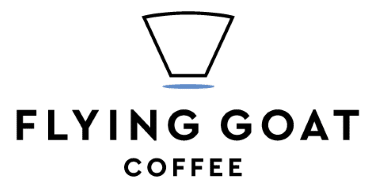
If you buy coffee regularly, you‘re probably familiar with the wide array of packaging used for selling “fresh-roasted” coffee. Foil bags, pouches, paper bags, cans, jars and boxes are all common containers used by roasters to pack, promote and transport their beans. Beyond the marketing, however, does coffee packaging really matter? Is one type of packaging better than another at preserving just-roasted freshness? After much research and testing, we have found that when it comes to the practical issue of true freshness, packaging material is largely irrelevant.
Fresh-roasted coffee is a highly perishable food product with a shelf life similar to that of fresh bread or fruit. Once roasted, there is no magical way to keep coffee flavors and aromatics intact beyond about seven days. Really. That’s it. About one week (give or take a few days depending on the type of coffee and the roast). Despite clever marketing and persistent myths to the contrary, packaging cannot preserve just-roasted flavors and aromatics beyond this. The only way to ensure coffee is fresh is to buy it as soon after it was roasted as possible. The best a coffee package can do is protect the beans from excessive oxygen exposure, contain coffee oils and prevent bean breakage during transport.
“But wait a minute,” you ask, “what about all the vacuum sealed tins, nitrogen-flushed foil bags and one way valve bags”? The truth is that they all may prevent coffee from severe oxidation and staling after many weeks on a shelf, but they do nothing to actually retain just-roasted freshness. Sadly, all the “high tech” packaging we see these days may in fact have become an excuse for some roasters to justify selling stale coffee by letting it sit on a shelf until someone buys it.
The way we see it, the most effective bag for coffee freshness is one with an honest roast date printed clearly and prominently on it (a true roast date means the day on which the coffee was actually roasted). This allows the consumer to make an informed decision about the freshness of the coffee they are about to buy.
In addition to the factor of freshness retention, there is also the issue of environmental impact. In our opinion, this is one factor that should always be considered when choosing coffee packaging. We’ve opted away from wasteful plastic and foil bags, which are not compostable or recyclable and inevitably end up in landfill (a serious waste issue when we consider how much coffee Americans consume). Instead we’ve chosen a kraft paper bag lined with glassine for all our retail and wholesale packaging. Glassine is a very thin type of paper that is air, grease and water resistant. It’s a perfect packaging material for our coffee’s trip from our roaster to your cupboard. And, because it’s made of paper, it’s fully recyclable (which we encourage you to do).
So there you have it. The answer is paper.
Buy weekly, drink daily!
